Wow, there is so much political debate over cursive these days and I attribute the near extinction of cursive instruction on all of the required state testing that has become rampant over the last decade.
I have no desire to debate the politics around cursive standards or state testing.
So, let's not debate politics. Grab some coffee and keep reading...
3 reasons why students need to learn cursive.
1. Students need to be able to read cursive in order to read historical documents.
2. Writing cursive is faster than printing.
3. All of the brain research.
Now, let's look at what the research says about cursive, the brain, and the struggling student.
Sally Shaywitz is the cofounder of the Yale Center for Dyslexia and Creativity and she has conducted extensive dyslexia research. You can read about some of her finding at my blog post
here.
Not only does a systematic and explicit approach to phonics and spelling help retrain the dyslexic brain as I outline in my previous post, but so does cursive!
Cursive involves so much more neural resources than printing that learning cursive increases neural activation in areas of the brain that are under activated in dyslexic students. When writing cursive, the brain must function more effectively and rapidly in visual scanning because the brain must rapidly track changing positions of the pencil during letter formation. Developing this skill also helps increase fluency because the struggling reader becomes more proficient in scanning the page quickly. In addition, learning cursive improves hand-eye coordination.
In summary, cursive increases hand-eye coordination, involves more neural resources, stimulates the under activated portions of the brain responsible for reading and spelling, improves reading and spelling...
Let's not forget the most important thing about cursive!
KIDS LOVE CURSIVE!
The Orton-Gillingham approach uses an effective spelling strategy called Simultaneous Oral Spelling. This explicit and systematic approach is proven to be effective for struggling readers.
During Orton-Gillingham instruction, students are taught cursive. The brain warm-up for each lesson is writing the alphabet in cursive. While students are using the SOS strategies to spell words, they are also writing in cursive. Lot's of brain stimulation going on so it's easy to understand why over time, why brain scans of dyslexic students match those of good readers.
You can grab some SOS Spelling freebies at my TpT Store.











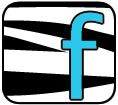
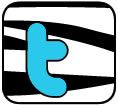
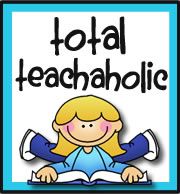
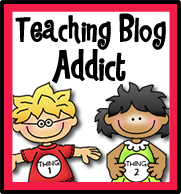
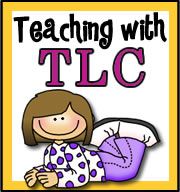
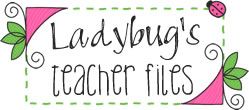
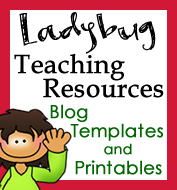
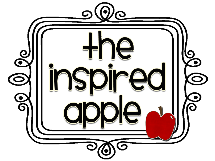
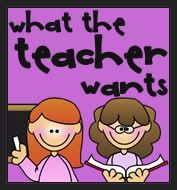

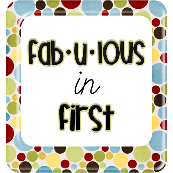
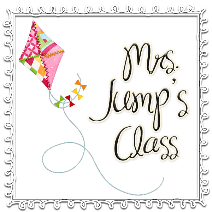





No comments:
Post a Comment